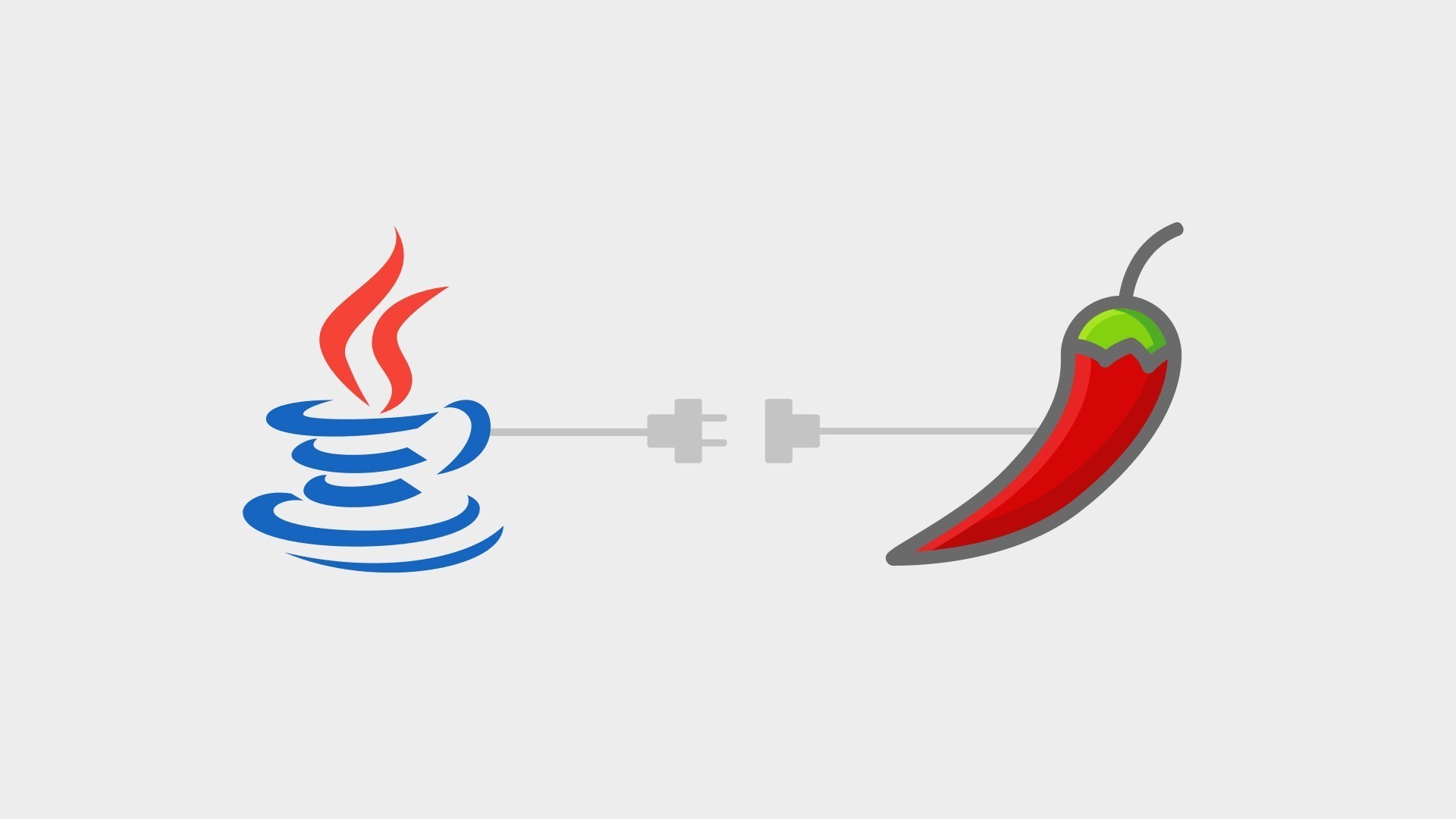

We need to set log before class, that’s all. This picture shows all loggers to gather. Logging using lombok This is one of the best usable feature. If you like to use your resources by your logic, better avoid this. In my opinion, it is nice to use this when you are not caring about managing resources. Use like as var(js/c#), it will act as final.Val: This makes local final variable (inside method) (just immediate after this() or super() called) It include 2 adder methods, single add, add all. It is simply a builder (like builder pattern, with parameters, see example in : For notifying a collection (support guava & java util only). IntelliJ : This is just an immutable value type of : staticConstructor entry will make default constructor as : Adding a default builder class with your class. of() : String array of field names = > defines which to be added : It is combination of multiple annotations.exclude() : String array of field names=> define field exclusion.doNotUseGetters() : boolean type => avoid using getters of the fields.callSuper(): boolean type => calling super.includeFieldNames() : boolean type => define all field inclusion.Overriding class level getter : This is implementation of toString(), we can use only for the class level. NONE = there will not be implementation.MODULE, PACKAGE = same as default (not using any modifier).Parameter : Takes a Enum parameter AccessLevel It also supports access level parameters to define scopes of getters & setters. IntelliJ: View -> Tool Buttons, you will : It heps to make getter setter with variable.Eclipse : Window -> Show view -> Outline.


Notes :įor both eclipse and IntelliJ, I am using Outline View to look at the effects. Now, its time to see Each feature Usages. I will use Maven (you may use gradle in same manner). Now ,Based on IDE behavior, you may need to enable annotation preprocessor to let the plug-ins works. Or : Link of plugin Enabling Annotation Processing (File -> Settings -> plugins -> search/brows to see, then install) (I have checked STS/eclipse Version: 3.7.3.RELEASE) Intellij IDEA Installation:
#Lombok intellij install#
Installation : Eclipse Installation:ĭownload from here, install it (you need to show eclipse installation directory) Note : To know about annotation, you may see my this post. We will go through main items of them that I have used so far. We need to have plug-in support to see effect in IDE while coding.(as IDEs compiles during coding/saving).we need dependencies in class path during compilation (with javac command execution).it will work in compile time (we can see effect during writing code).As I have told, lombok is a compile time annotation pre-processor. I am not going live demo like this but I will show how we can use this inside project (including maven life cycle). Before going in detail, i request you should see the video from their site.
#Lombok intellij code#
Lombok, a compile time annotation pre-processor that helps to inject some code in compile time. In this article we are going to see how can we use lombok inside our regular Java Code to minimize code length & redundancy.


 0 kommentar(er)
0 kommentar(er)
